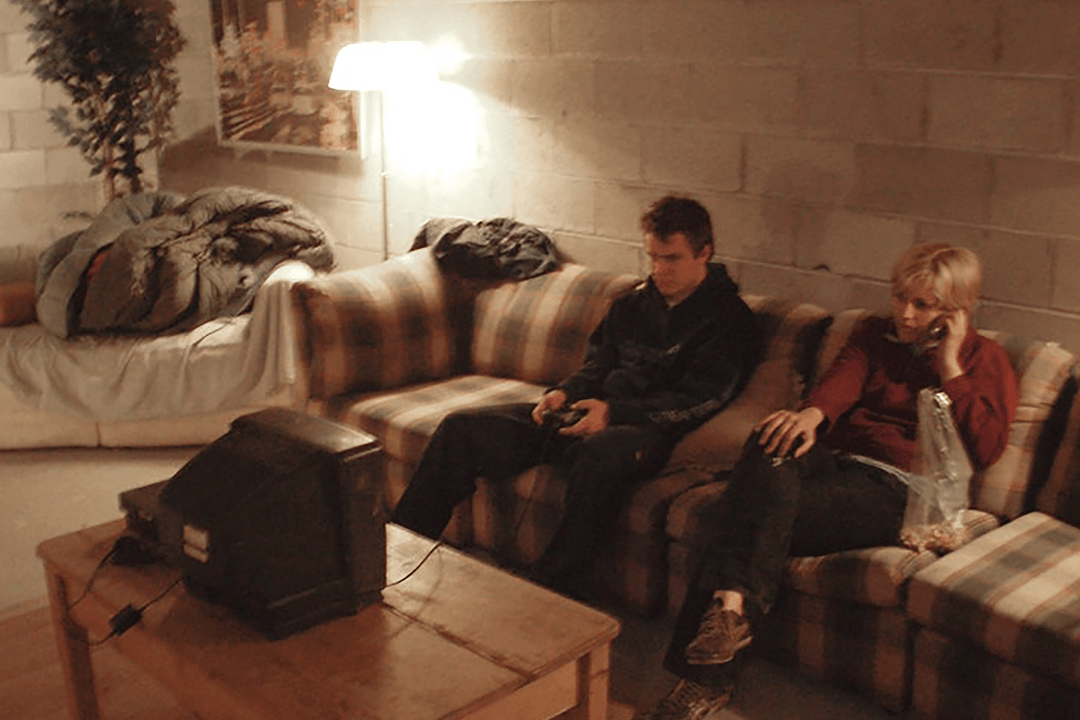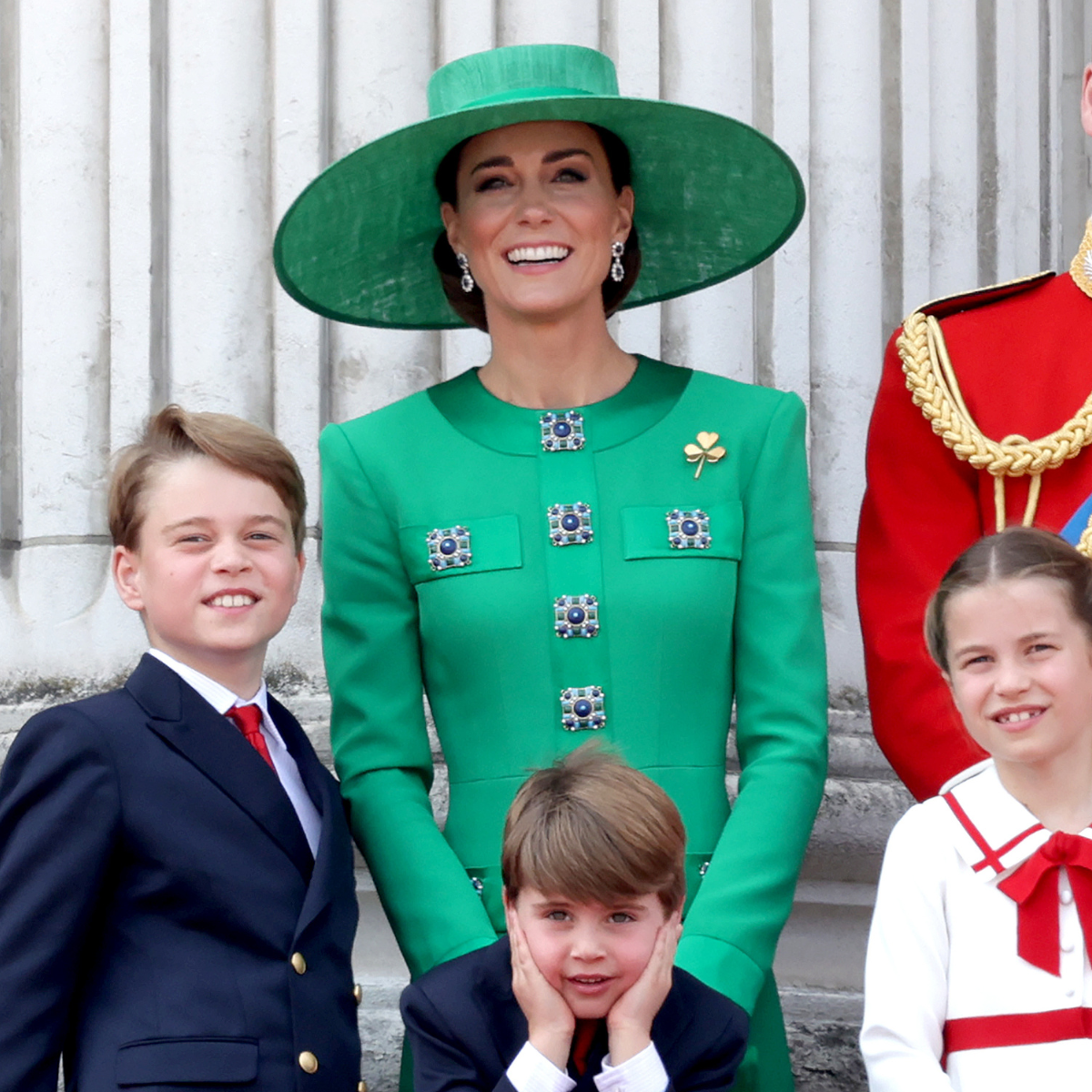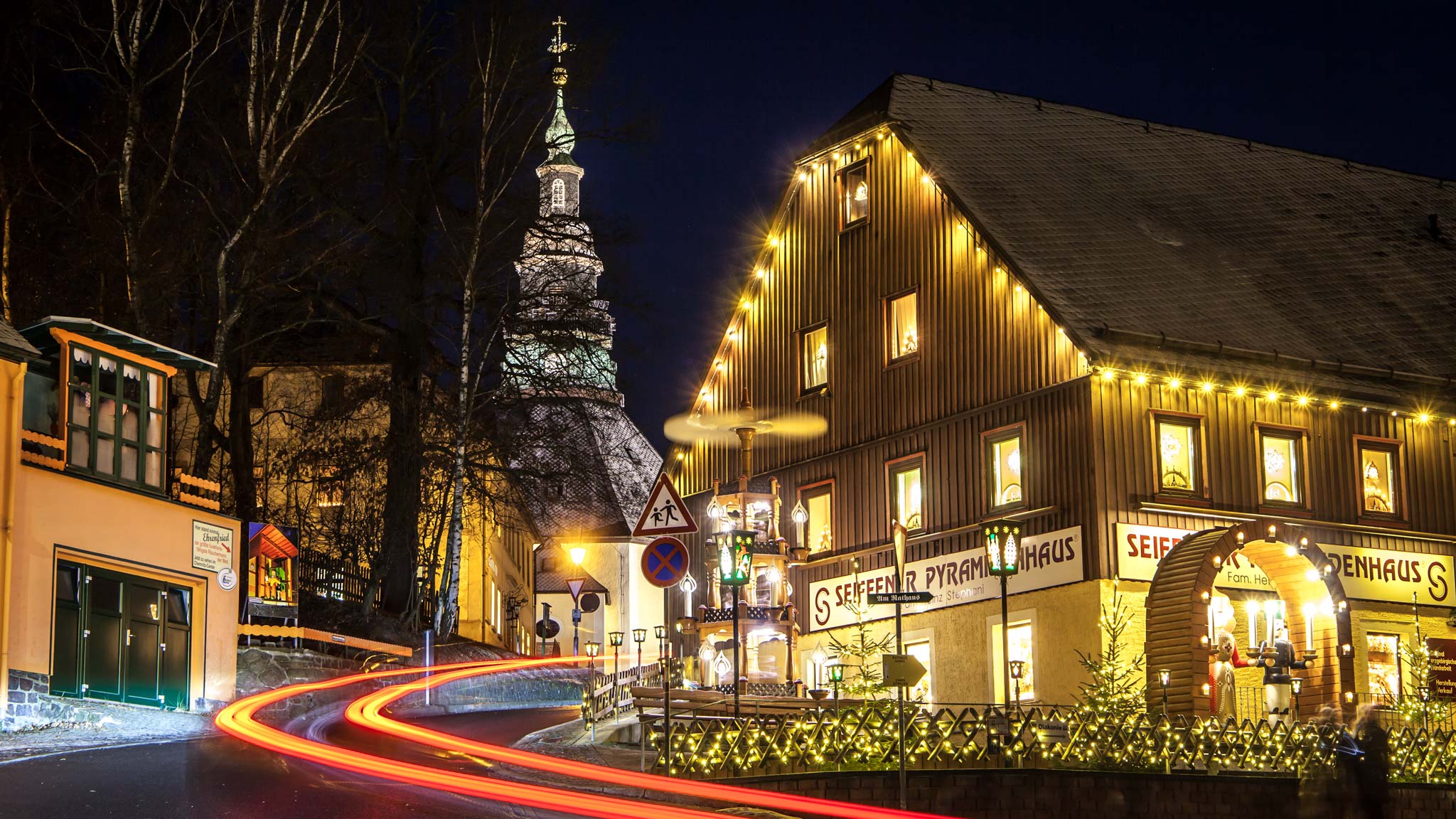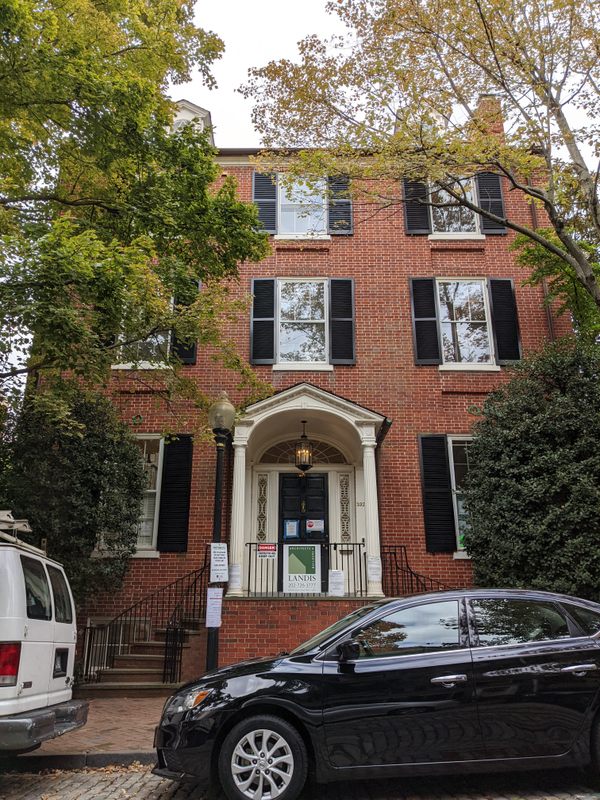Alai Minar in New Delhi, India
Qila Rai Pithora was the first major city in modern-day Delhi and the capital of the Delhi Sultanate. Today, its best-known remaining monument is the Qutab Minar, the medieval tallest minaret in India, commemorating the conquest of this region by Sultanate founder Qutab ud-Din Aibak. However, it was once going to be dwarved by an even more grandiose tower nearby and twice as tall. Sultan Alauddin Khalji, who styled himself Sikandar-i-Sani (Alexander the Great), was known for his ambitions—both in expanding his realm at a rapid pace by conquering Gujarat and the Deccan, as well as in building monumental architecture. Khalji doubled the size of the Quwwat ul-Islam mosque in the early 14th century and began construction on the Alai Minar to commemorate his military victories in Deccan. However, when the sultan died in 1316, construction on the new tower stopped with only 24 metres complete, a sixth of the planned height. Unlike with the Qutab Minar, succeeding rulers did not commit to finishing the structure, so it was left as it was. The rough rubble masonry core of the tower's first story remains visible today. It was intended to be covered with smoother stone bricks with patterns carved in, similar to the Qutab Minar. On the opposite side of the Qutab complex is Alauddin Khalji's tomb, situated in a madrasa (Islamic seminary) that he built.


Qila Rai Pithora was the first major city in modern-day Delhi and the capital of the Delhi Sultanate. Today, its best-known remaining monument is the Qutab Minar, the medieval tallest minaret in India, commemorating the conquest of this region by Sultanate founder Qutab ud-Din Aibak. However, it was once going to be dwarved by an even more grandiose tower nearby and twice as tall.
Sultan Alauddin Khalji, who styled himself Sikandar-i-Sani (Alexander the Great), was known for his ambitions—both in expanding his realm at a rapid pace by conquering Gujarat and the Deccan, as well as in building monumental architecture. Khalji doubled the size of the Quwwat ul-Islam mosque in the early 14th century and began construction on the Alai Minar to commemorate his military victories in Deccan. However, when the sultan died in 1316, construction on the new tower stopped with only 24 metres complete, a sixth of the planned height. Unlike with the Qutab Minar, succeeding rulers did not commit to finishing the structure, so it was left as it was.
The rough rubble masonry core of the tower's first story remains visible today. It was intended to be covered with smoother stone bricks with patterns carved in, similar to the Qutab Minar. On the opposite side of the Qutab complex is Alauddin Khalji's tomb, situated in a madrasa (Islamic seminary) that he built.





























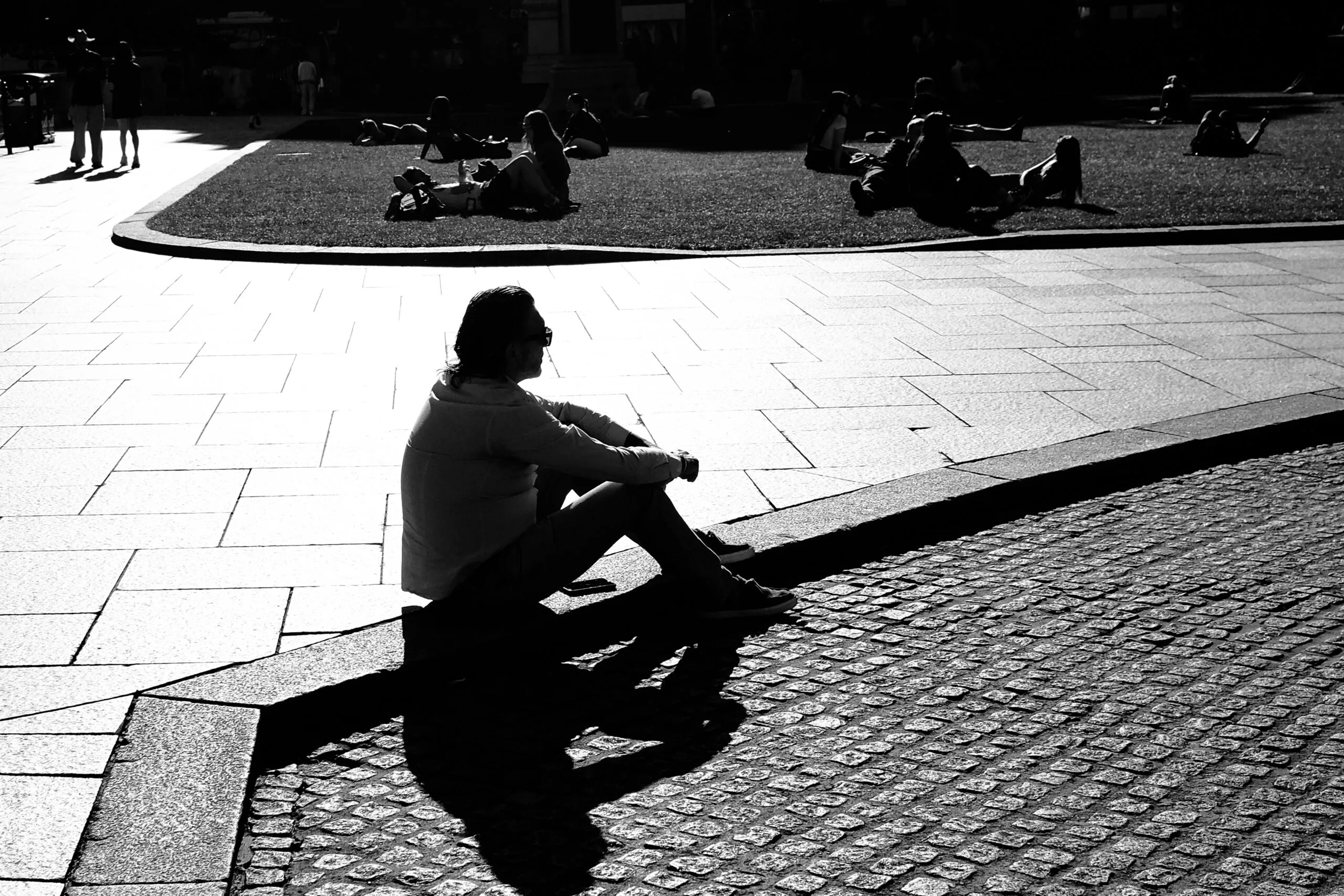



























![Ultimate Anime Rangers X Tier List [UPDATE 1]](https://www.destructoid.com/wp-content/uploads/2025/04/ultimate-anime-rangers-units-tier-list.webp?quality=75)



















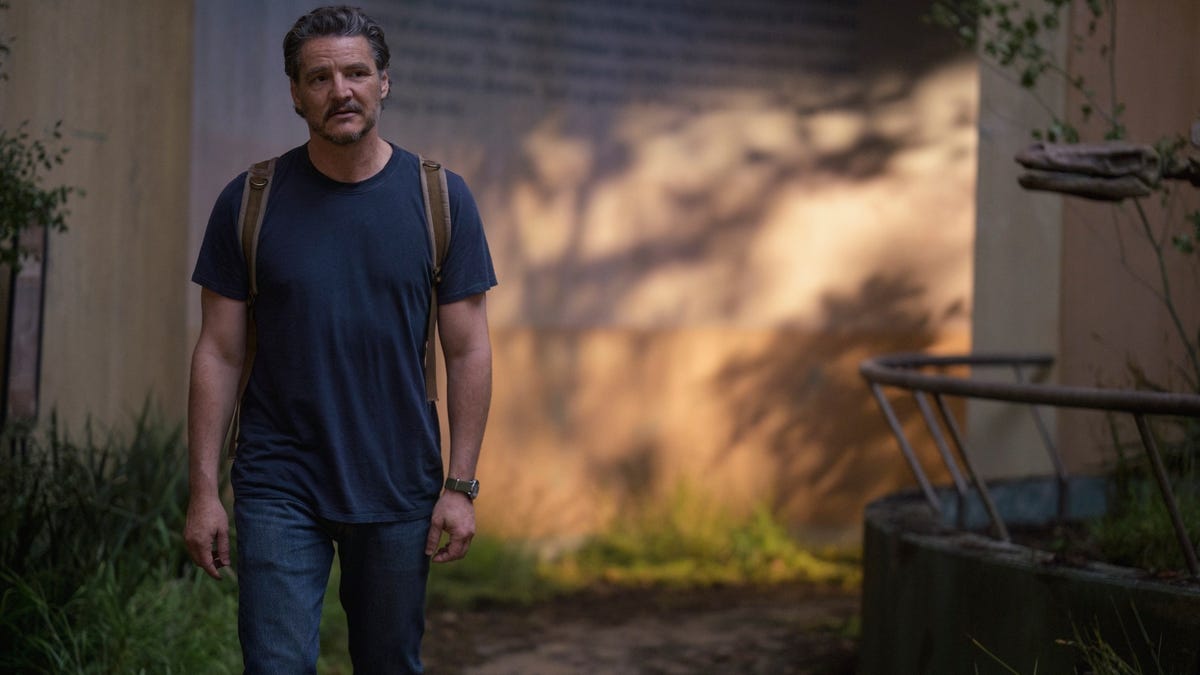





































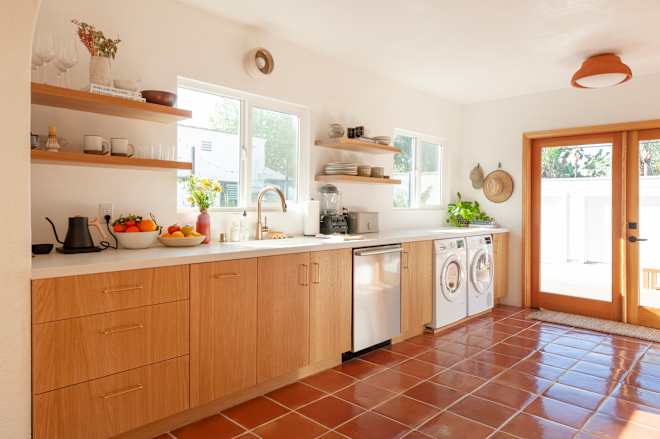































































.png)




